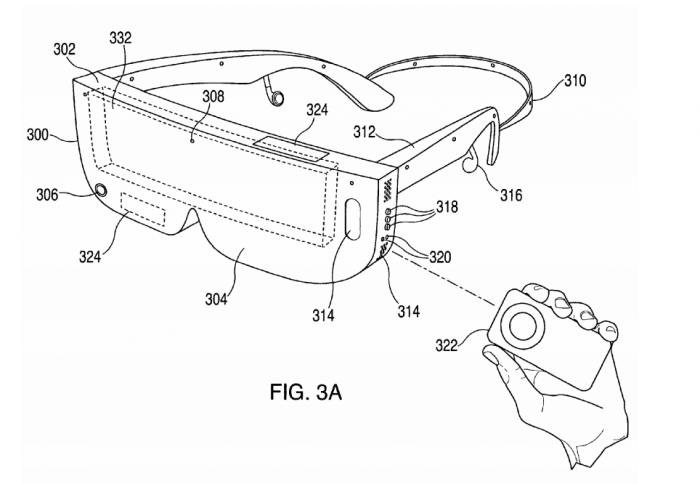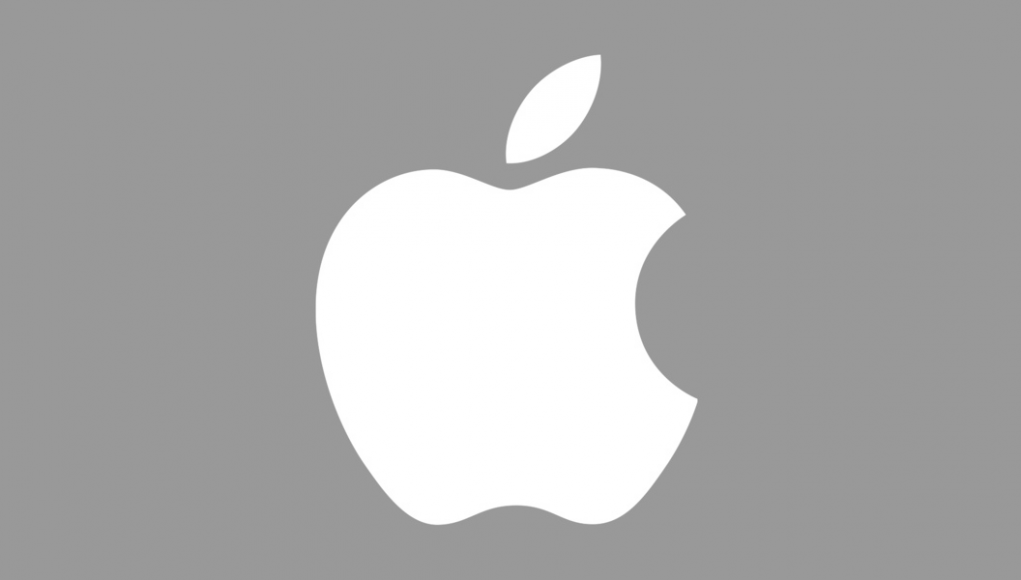Rumours surrounding Apple’s entry into the immersive technology sector have been circulating for years. But as both AR and VR retail products begin to ship this year, Apple’s latest hire has lead an analyst at Piper Jaffray to suggest that “…we believe Apple has a team exploring the AR space.”
Checking back over Road to VR’s archives, we’ve reported on no less than 6 stories speculating on Apple’s possible machinations regarding it’s development of immersive technologies. Between evidence of multiple patent filings, job ads and staff hiring, it seems difficult to dispute that Cupertino are working on something – yet nothing has ever been officially confirmed.
The latest appointment of a ‘CPU Software and Audio Engineer’, one Nick Thompson, reportedly from Microsoft’s HoloLens engineering staff, adds yet more fuel to that AR fire. Even more interestingly, this is actually Thompson returning to the Apple fold – as (according to Apple Insider) his LinkedIn profile indicates a previous stint at the technology giant.

Analyst at Piper Jaffray, Gene Munster, has taken the latest news as a strong enough evidence that Apple have significant internal resources allocated to building new AR technologies. “Based on recent acquisitions of augmented reality companies, hiring of a key Microsoft Hololens employee, and conversations with industry contacts within the virtual and augmented reality spaces, we believe Apple has a team exploring the AR space,” Jaffray says, according to Street Insider.
Munster also notes Apple’s acquisition of AR company Metaio, who hold no less than 171 worldwide patents and pending applications, is yet another recent sign Apple are tooling-up to step into the augmented reality technology ring.

Since HoloLens’ impressive debut at Microsoft’s Windows 10 press event back in January this year, AR’s profile has been boosted as a technology of interest in the public eye. What’s more, it was tangible evidence that such hardware is possible with technology that exists today. And of course, let’s not forget Magic Leap, a product conversely lacking in any tangibility (it’s yet to be demo’d to public or press as yet), that is nevertheless capable of producing great excitement in the industry.
2016 may well be ‘the year of VR’, but AR seems to be hot on its heels as a consumer prospect.







